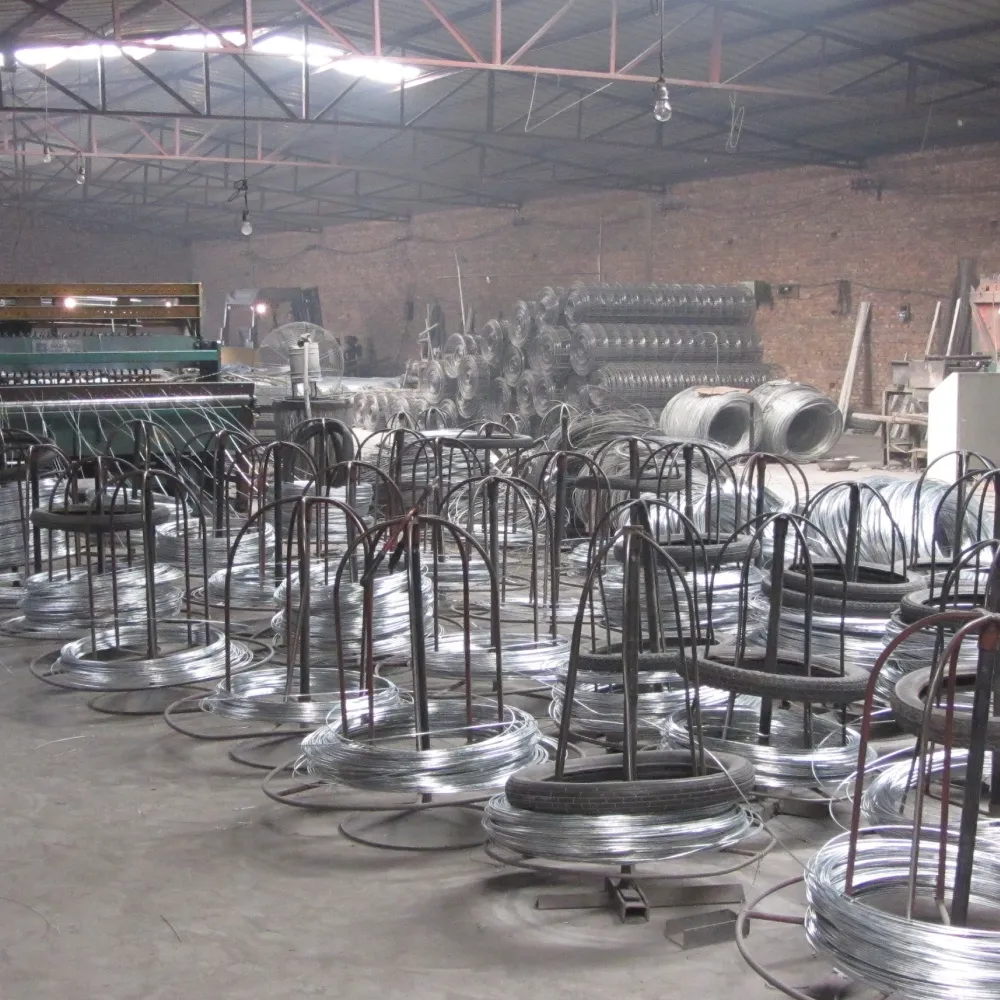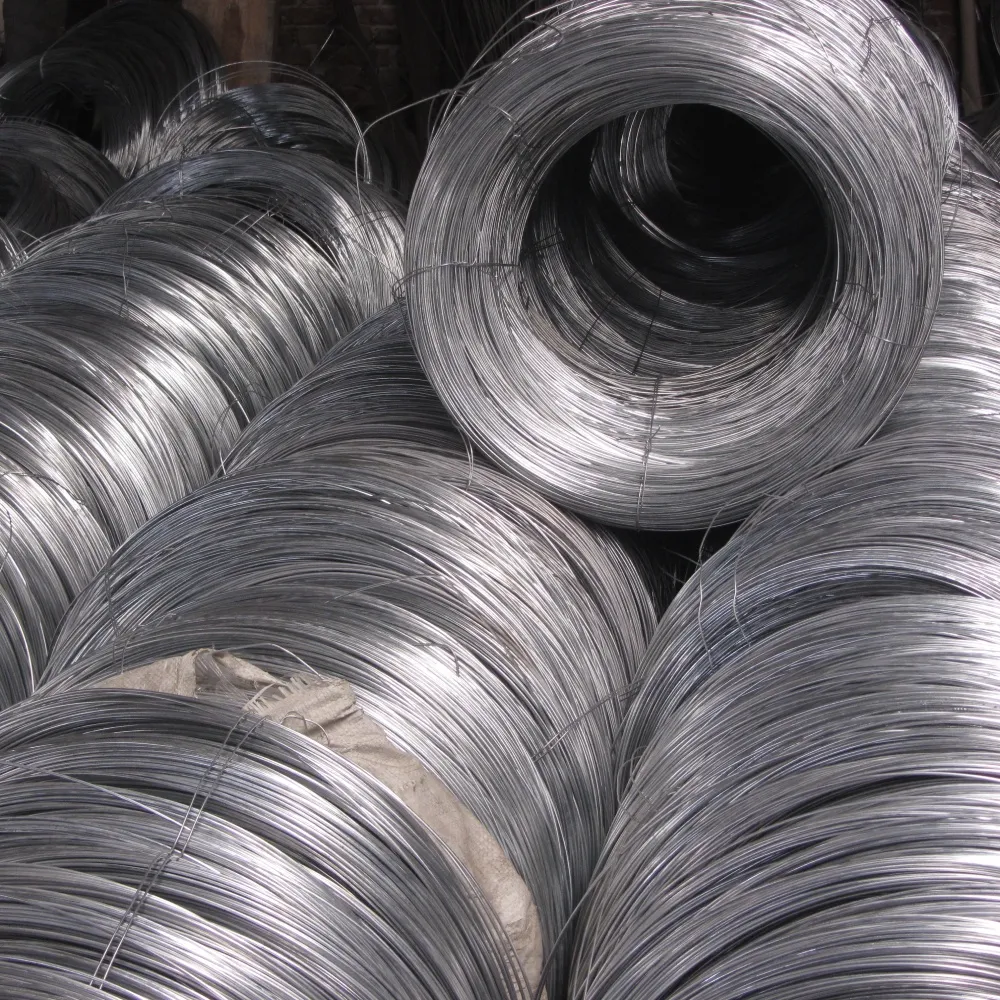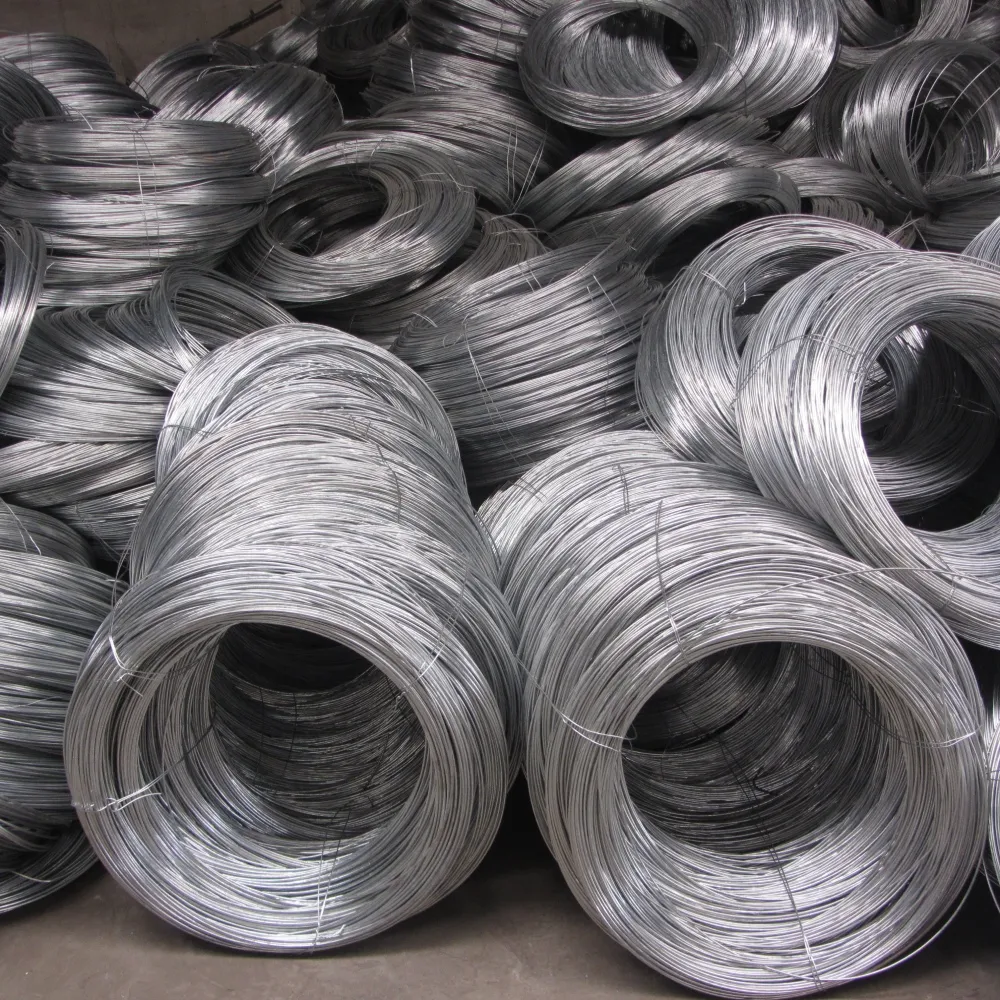Galvanized Wire is manufactured from high-quality low-carbon steel wire through hot-dip galvanization, providing superior corrosion resistance and durability. Widely used in construction, agriculture, and industrial applications, galvanized wire offers excellent value due to its combination of strength and environmental resistance.
The global galvanized wire market is projected to reach $24.5 billion by 2027, growing at a CAGR of 5.3% from 2022-2027 (MarketWatch 2023). This growth is driven by increased infrastructure development in emerging economies and the renewable energy sector's expansion, where galvanized wire serves as crucial structural reinforcement.
Technological innovations in coating methodologies have significantly improved the longevity of galvanized wire. The development of zinc-aluminum alloys (e.g., Galfan) offers 2-3 times longer lifespan in corrosive environments compared to traditional hot-dip galvanization (American Galvanizers Association). Nano-coating techniques now provide enhanced surface protection with thinner layers, reducing material costs while maintaining corrosion resistance (Journal of Materials Engineering).




Understanding technical parameters is crucial for selecting the appropriate galvanized wire. Below are standardized specifications for various grades:
| Parameter | Standard Grade | Premium Grade | Industrial Grade | Test Method |
|---|---|---|---|---|
| Wire Diameter Range (mm) | 0.7-5.0 | 0.5-6.0 | 1.0-10.0 | ASTM E3 |
| Tensile Strength (MPa) | 350-550 | 450-700 | 600-1200 | ASTM A370 |
| Zinc Coating (g/m²) | 60-90 | 90-150 | 150-275 | ASTM A90 |
| Elongation (%) | 12-18 | 10-16 | 8-14 | ISO 6892 |
| Salt Spray Resistance (hours) | 500-800 | 800-1500 | 1500-2500+ | ASTM B117 |
| Temperature Tolerance (°C) | -20 to 150 | -40 to 250 | -60 to 400 | ISO 19891 |
Galvanized wire serves as reinforcement in concrete structures with improved corrosion resistance. Studies show galvanized reinforcement extends concrete structure lifespan by 5-7 times compared to unprotected steel (Concrete Institute Journal). At SHENZHOU TIKE METAL, we provide specialized construction-grade galvanized wire with minimum zinc coating of 185g/m².
Vineyards and farming operations utilize galvanized wire trellising systems that withstand fertilizer corrosion. The USDA recommends 90g/m² minimum zinc coating for agricultural fencing exposed to ammonia-rich environments.
From automotive components to shelving systems, manufacturers select galvanized wire based on fatigue resistance specifications. Recent automotive industry standards require minimum 700 MPa tensile strength with Class A zinc coating for safety-critical wiring components.
Hot-dip galvanization involves immersing wire in molten zinc (typically 449°C/840°F) creating a metallurgical bond. This process creates thicker coatings (45-185μm) ideal for outdoor applications. Electro-galvanization uses electrical current to deposit zinc, creating thinner coatings (3-15μm) with uniform appearance suitable for indoor applications.
The ASTM standard identifies three strength grades: Class 1 (soft annealed, 350-550 MPa), Class 2 (medium hard, 550-750 MPa), and Class 3 (spring hard, 750-1050 MPa). Selection depends on required yield strength and modulus of elasticity for specific applications.
Coating thickness directly correlates with protection duration in corrosive environments. Industry tests show that 85μm zinc coating protects approximately 50 years in mild marine environments, while 140μm coating extends protection to 75+ years per the corrosion rate formula: Years = (Coating Thickness in μm) × 0.58 / (Corrosion Rate in μm/year).
Welding galvanized materials requires special precautions. The zinc coating vaporizes at welding temperatures (906°C/1663°F), potentially causing porosity and reduced weld penetration. Recommended practices include increased ventilation, adjusted welding parameters (15-30% higher current), and post-weld treatments using zinc-rich paints per AWS D19.0 standards.
Galvanized wire maintains structural integrity to approximately 200°C (390°F). Beyond 200°C, zinc diffusion into the steel accelerates, reducing coating protection. Below -40°C, zinc becomes brittle - cold environments require specialized annealing processes to maintain ductility at low temperatures.
Proper surface preparation includes:
Four critical factors influence fatigue resistance:
Proper installation maximizes galvanized wire service life. The National Association of Corrosion Engineers recommends these practices:
1. Cut-end protection: Apply zinc-rich paint to all cut ends with minimum 94% zinc content per ASTM D520 Type II standard.
2. Contact prevention: Install protective barriers when galvanized wire contacts dissimilar metals (copper, stainless steel) to prevent bimetallic corrosion.
3. Stress relief: For high-tension installations, gradually increase tension over 72 hours to allow structural adaptation.
Contact our metallurgy specialists for project-specific recommendations:
📞 +86 180 3200 9599 | ✉️ info@tikemetal.com
Request Technical SpecificationsModern galvanization facilities implement zero-waste technologies: Zinc-rich waste streams undergo electrolytic recovery achieving ≥98% zinc recycling rates. A life cycle analysis by the International Zinc Association shows galvanized wire has 30% lower carbon footprint compared to alternative corrosion protection systems when considering 50-year service life.
Global supplier of premium galvanized wire since 2005
📍 East side of Baoheng Road, Zhaobazhuang Village, Tangfeng Town, Shenzhou City, Hengshui City, Hebei Province
📱 +86 180 3200 9599 | 0318-5299898
🌐 www.tikemetal.com | ✉️ info@tikemetal.com
View Product SpecificationsRELATED PRODUCTS